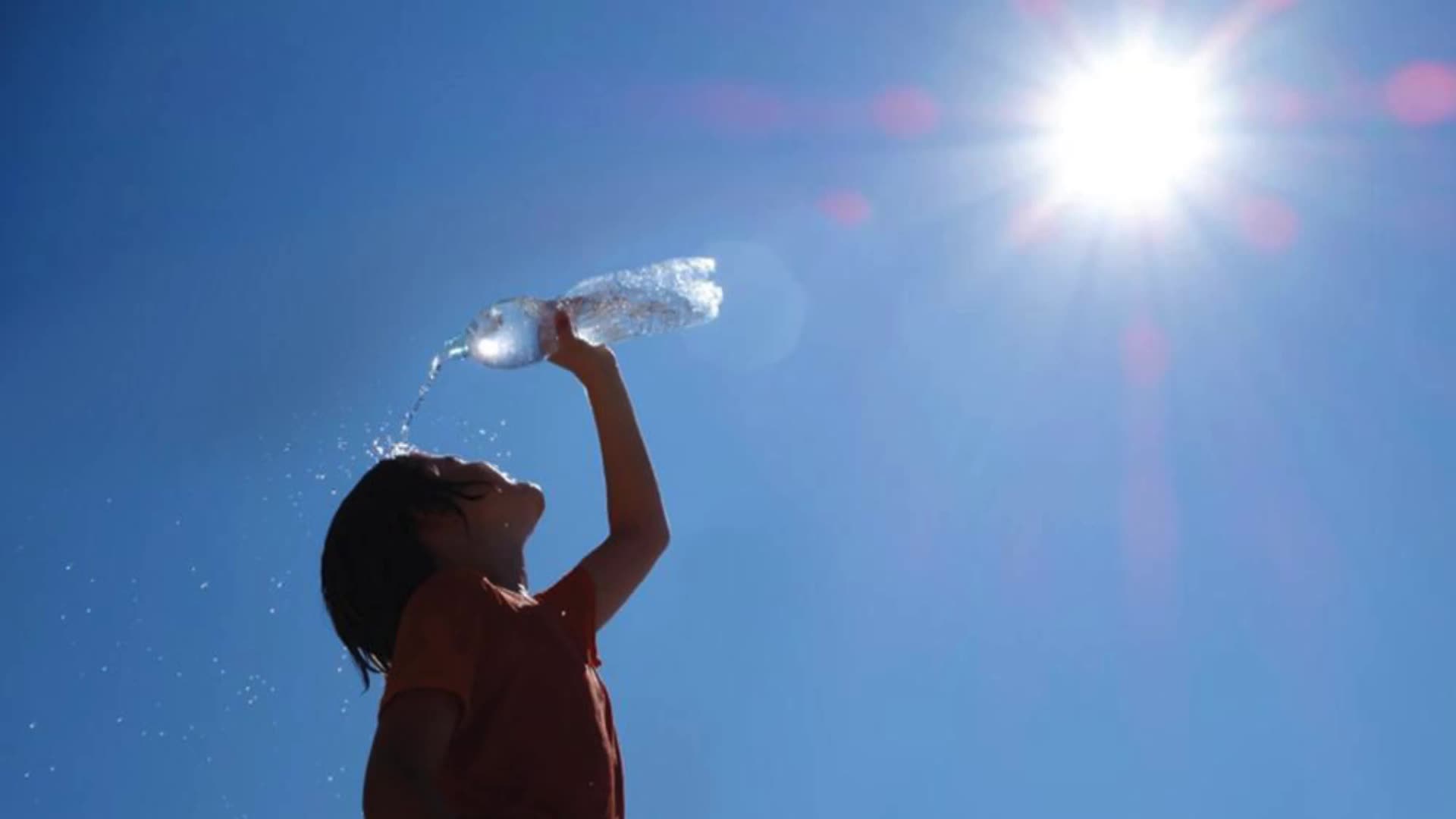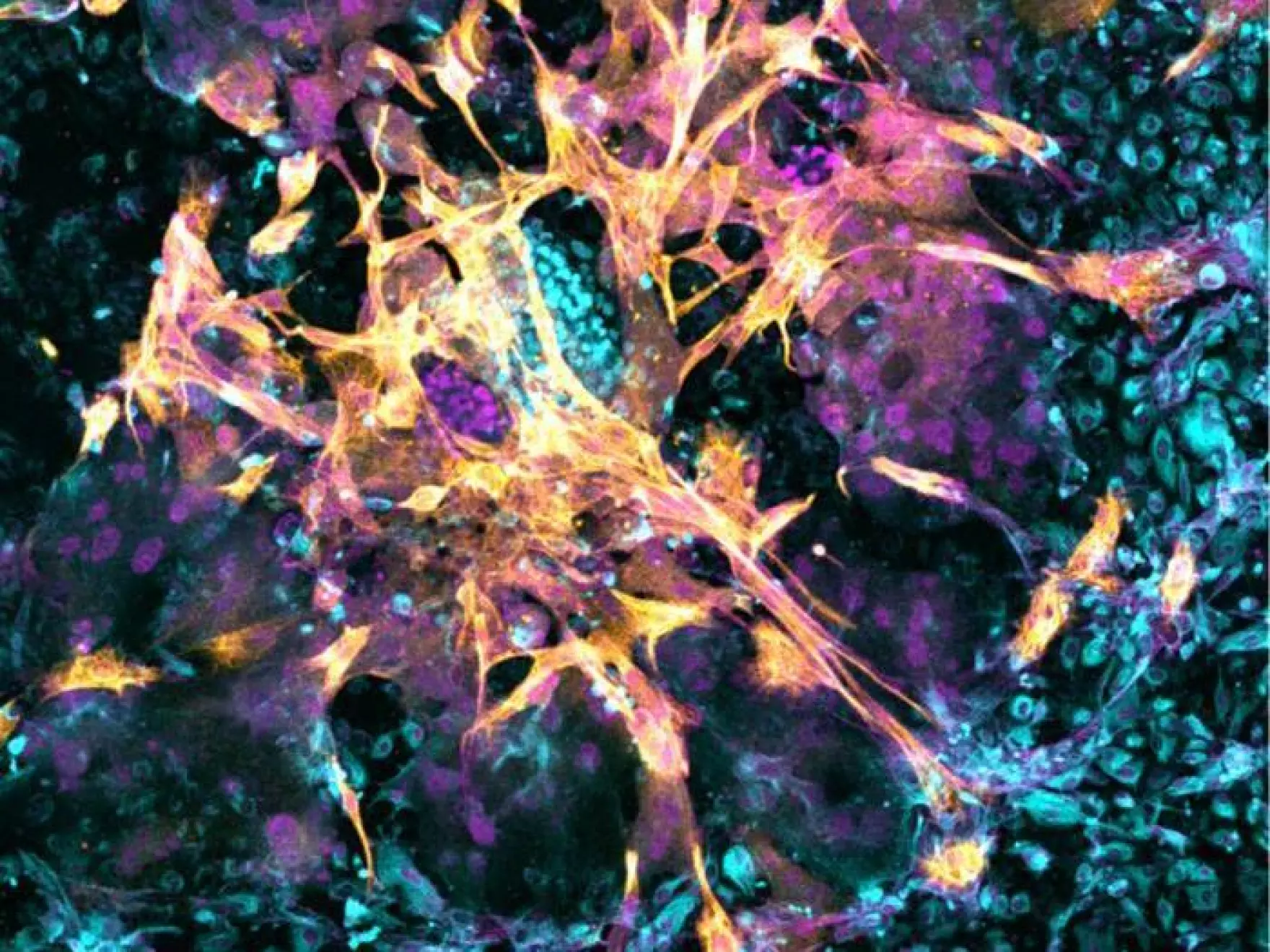Sticky Air, Serious Risks: Understanding the Humidity Factor
As large portions of the United States brace for intense temperatures under a developing heat dome, experts warn that humidity, not just the heat itself, could make conditions far more dangerous.
When the air is saturated with moisture, it makes it harder for the body to cool down — increasing the risk of heat-related illness, especially among vulnerable groups. This week’s weather pattern may serve as a reminder that humid heat requires special precautions.
The Body Struggles When the Air Is Already Saturate
Our primary cooling mechanism is sweating — but in humid conditions, evaporation becomes ineffective. As internal medicine specialists explain, when the air is already full of water vapor, sweat clings to the skin instead of evaporating, trapping heat inside the body.
That means people may overheat faster, even if they’re resting or not exerting themselves heavily. This risk is higher for older adults, infants, pregnant individuals, and people who take certain medications or live without reliable shelter or cooling options.
Workers in construction, delivery, or agriculture — and anyone engaging in intense physical activity outdoors — are also at greater risk when humidity levels rise.
Cooling Methods That Actually Work
A fan might seem like a quick fix on a muggy day, but experts caution that it’s often not enough. In overly humid air, fans merely circulate the same hot, damp air — offering little to no relief when body temperature rises.
Instead, the most effective strategies for dealing with humid heat include:
- Wearing light, breathable clothing
- Staying hydrated with water or electrolyte-rich drinks
- Closing blinds or curtains to reduce indoor heat buildup
- Taking regular breaks in shaded or air-conditioned environments
- Seeking public places like cooling centers, shopping malls, or libraries if your home lacks AC
If you live in a region where summer heat waves are becoming more common, planning ahead by identifying nearby public cooling spaces can reduce your exposure to dangerous conditions.
Humidity Isn’t Just Uncomfortable — It Can Be Deadly
Mientras dry heat is often cited in desert regions, humid heat brings a unique set of health challenges. The National Weather Service frequently issues advisories when the heat index — a measure that combines temperature and humidity — exceeds safe thresholds.
Experts stress that knowing the signs of heat exhaustion and heatstroke, such as dizziness, confusion, or nausea, is critical. When the body can no longer cool itself, medical emergencies can escalate quickly.
Preparing for a Muggier Future
As climate patterns shift and extreme weather events become more common, high humidity is no longer just a Southern summer concern. From the Midwest to the Northeast, muggy days are arriving earlier and staying longer.
For residents, employers, and city planners alike, this means rethinking cooling strategies, expanding access to public relief spaces, and increasing awareness about how humidity affects health.







